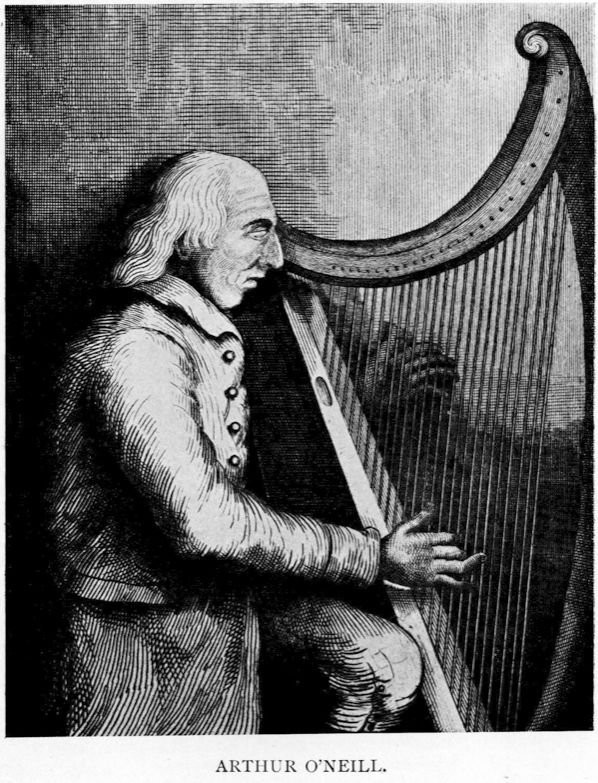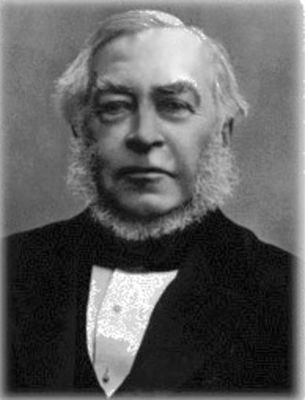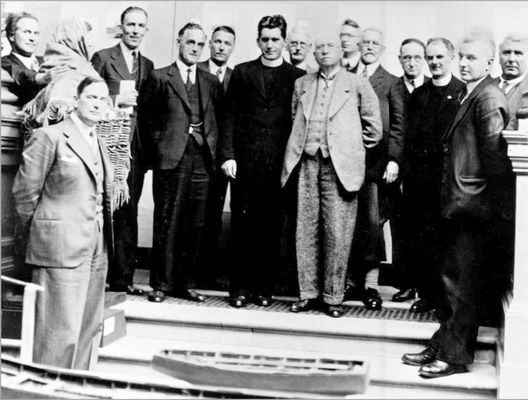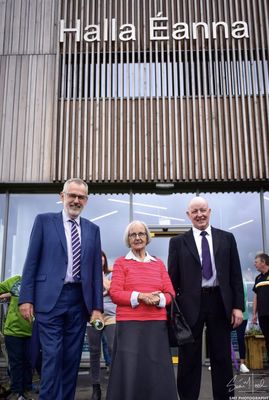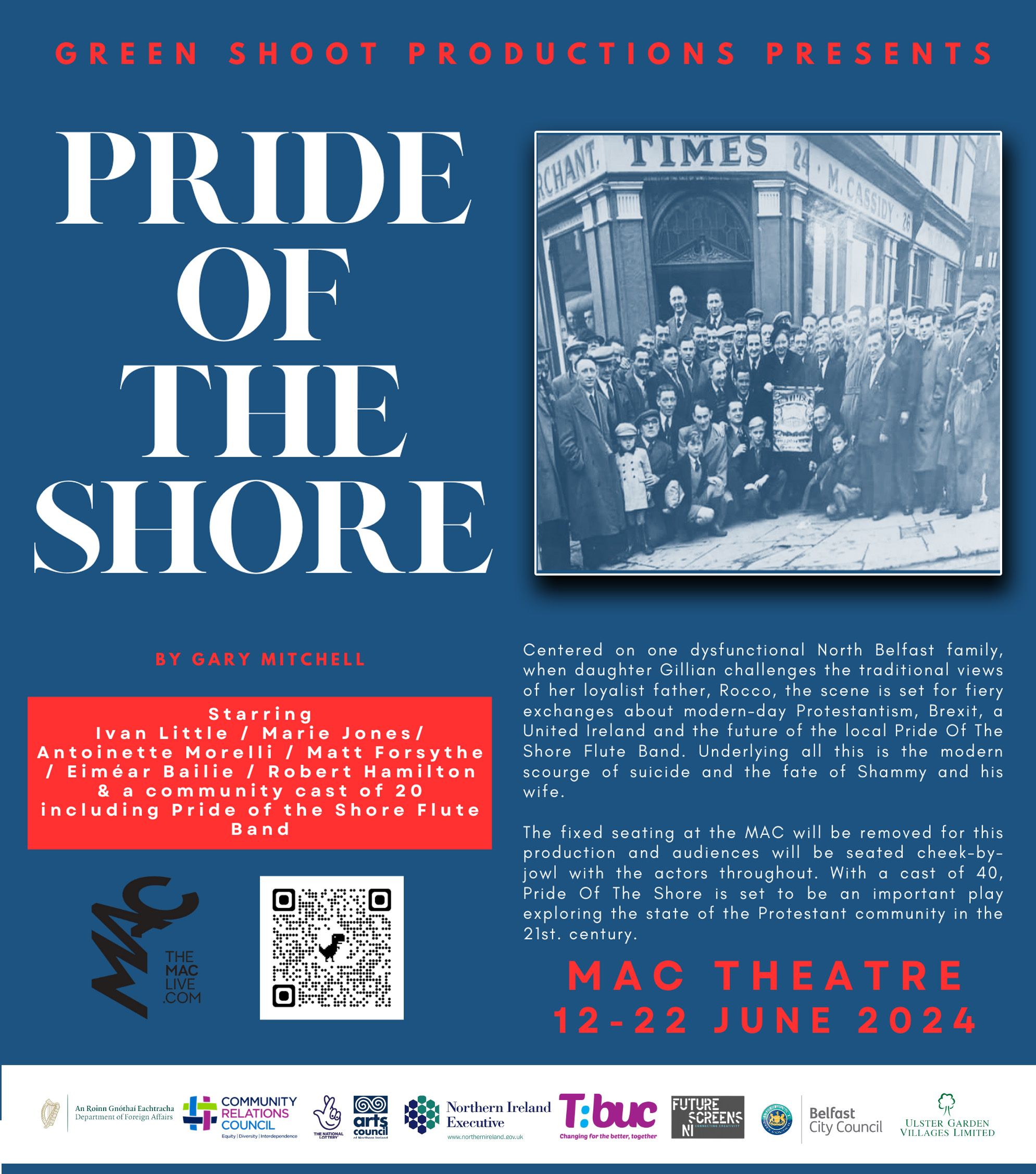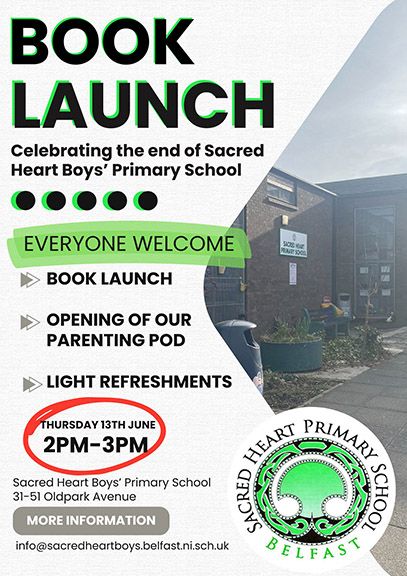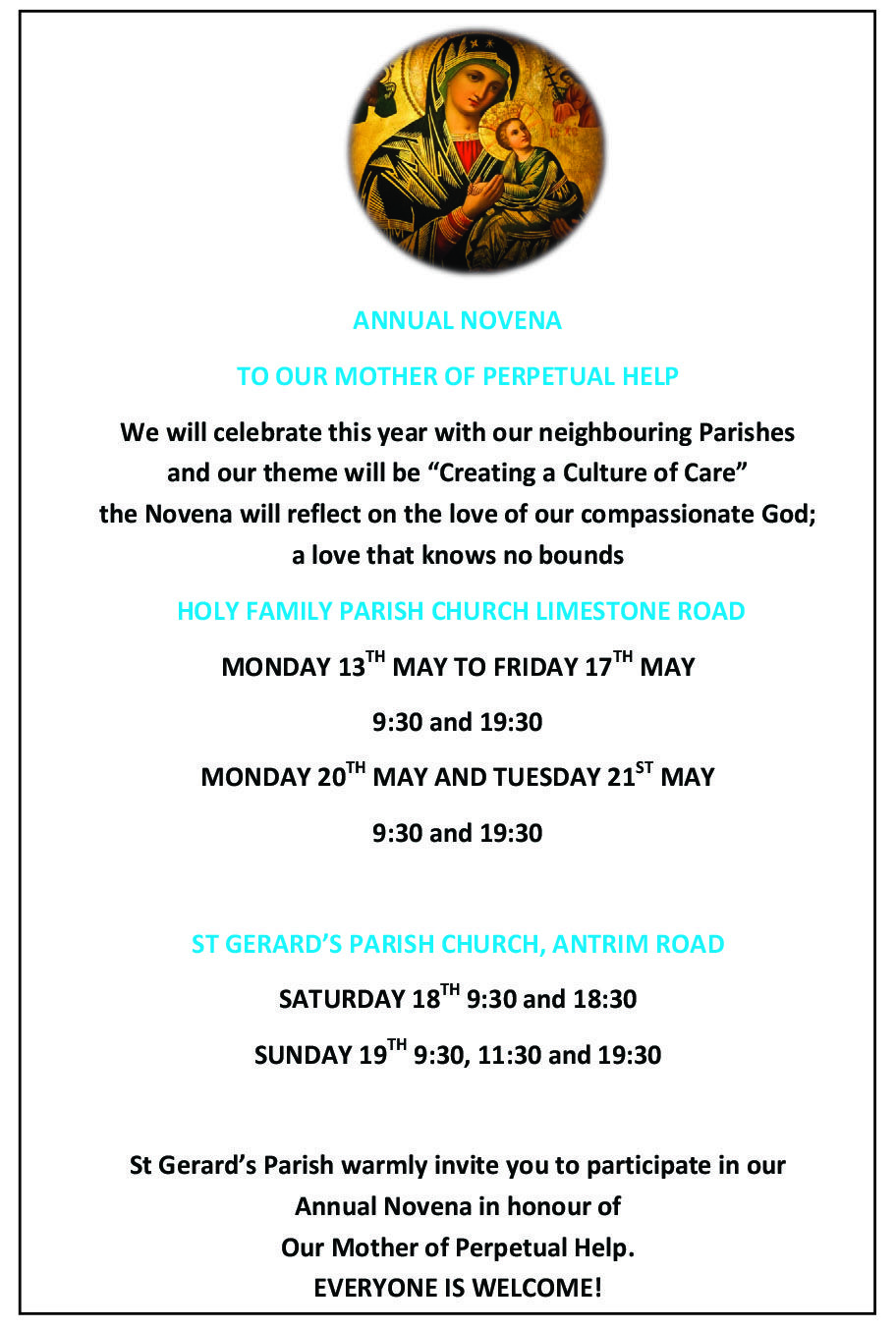QUIZMASTER Billy Gillen contacted me with a poser. “I see you mentioned the Fleadh Ceoil last week. Where was the first fleadh held?”
When I told him that it was held in Mullingar in 1951 he informed me that I was wrong. “It was nearer home and it was a long time ago.”
Some time later as I walked through the city centre and was lamenting the number of empty buildings it struck me that Billy’s riddle was about the event which took place in the Exchange building at the corner of Waring Street.
This was the Harpers’ Festival which took place in the Assembly Room in that building in July 1792.
Dr James MacDonnell was the main organiser and he sent invitations to all the harpists known to be performing throughout Ireland at that time. The organisers had raised funds to cover the event and harpists were assured of expenses for their performances.
The youngest performer was 15-year-old William Carr but most of them were of considerable age and some of them blind, including one woman harpist, Rose Mooney.
The famed Arthur O’Neill from my home parish was one of the distinguished guests. He had travelled all over Ireland as a guest in the ‘big houses’ where he played at functions. O’Neill wore a silver button inscribed with the Hand of Ulster, the family emblem. He claimed to be descended from the royal O’Neills and always demanded to be seated at the top table.
When he was just three years of age his eyes were damaged by a knife and his sight gradually disappeared. At ten he commenced playing the harp under Owen Keenan from Augher and quickly became proficient. On one occasion he was the guest of Lord Kenmare in Kerry. When dinner was announced all the lords and ladies present rushed to take their seats. O’Neill, being blind, groped for a seat near the foot of the table. Lord Kenmare said: “O’Neill, you should be at the head of the table, as your ancestors were the Milesians of this Kingdom.”
O’Neill replied: “My Lord, it's no matter where an O’Neill sits, let it be any part of the table, wherever I am should be considered the head of it.”
Some years earlier he had given instruction in harp playing to members of the MacDonnell family in Cushendall and although he considered himself semi-retired because of rheumatism, he felt obliged to assist MacDonnell’s venture.
Another distinguished harpist present was Denis Hempson from Magilligan in Co Derry. At 97 he was the oldest performer and had the distinction of playing for Bonnie Prince Charlie on a visit to Scotland in 1745 for whom he composed a tune and added words.
I hope to see the day
When Whigs shall run away
And the King shall enjoy his own again.
Hempson’s favourites included ‘The Coolin’, ‘The Dawning of the Day’ and ‘Eileen a’Roon’. He married an Inishowen woman at the age of eighty-six. “I can't tell if it was not the devil buckled us together, she being lame and I blind.” They had one daughter.
The Harpers’ Festival ran for four days with daily performances in the Assembly Room of the Exchange building with a great variety of styles – geantraí (lively) goltraí (slow airs) and suantraí (hushabye).
Wolfe Tone was in Belfast that week and he was in the Assembly Room on Wednesday 11th and Friday 13th of July. He later wrote that three of the performers were very good.
Apart from the harpists the most important visitor to the festival was Edward Bunting. Aged just nineteen he was regarded as a skilled organist and musician – he played in St George’s church, High Street. Originally from Armagh, he lodged with the McCracken family in Rosemary Lane. He attended every session and noted down every tune.
For Bunting this was the start of a great adventure. He was so impressed by the harpers’ music that he decided to make a study of it. When he realised the wealth of material he had collected in just a few days he decided to travel throughout Ireland to collect harpers’ tunes. In five years he published a collection of tunes and in 1809 his ‘General Collection of the Ancient Music of Ireland’ was published by Clementine of London.
One of the tunes he saved was ‘Carolan’s Concerto’ which was played every day at the festival by Arthur O’Neill.
The Belfast Harp Society came into existence on St Patrick’s Day 1808 with the main aim being to provide tuition in playing the harp for blind children. Nine were selected from all over Ulster and brought to Belfast where they were boarded. The society had a house in Cromac Street where the young people were taught by Arthur O’Neill, who was now resident in Belfast.
From 1809 to 1811 there were Irish classes in connection with the Belfast Harp Society, with James Cody as professor, the grammar used being that of Rev. William Neilson, D.D. Due to financial difficulties the society folded in 1813, but Arthur O’Neill was awarded an annual pension of £30. He returned to his native home place just outside Benburb where he died in 1816 aged eighty-three.


